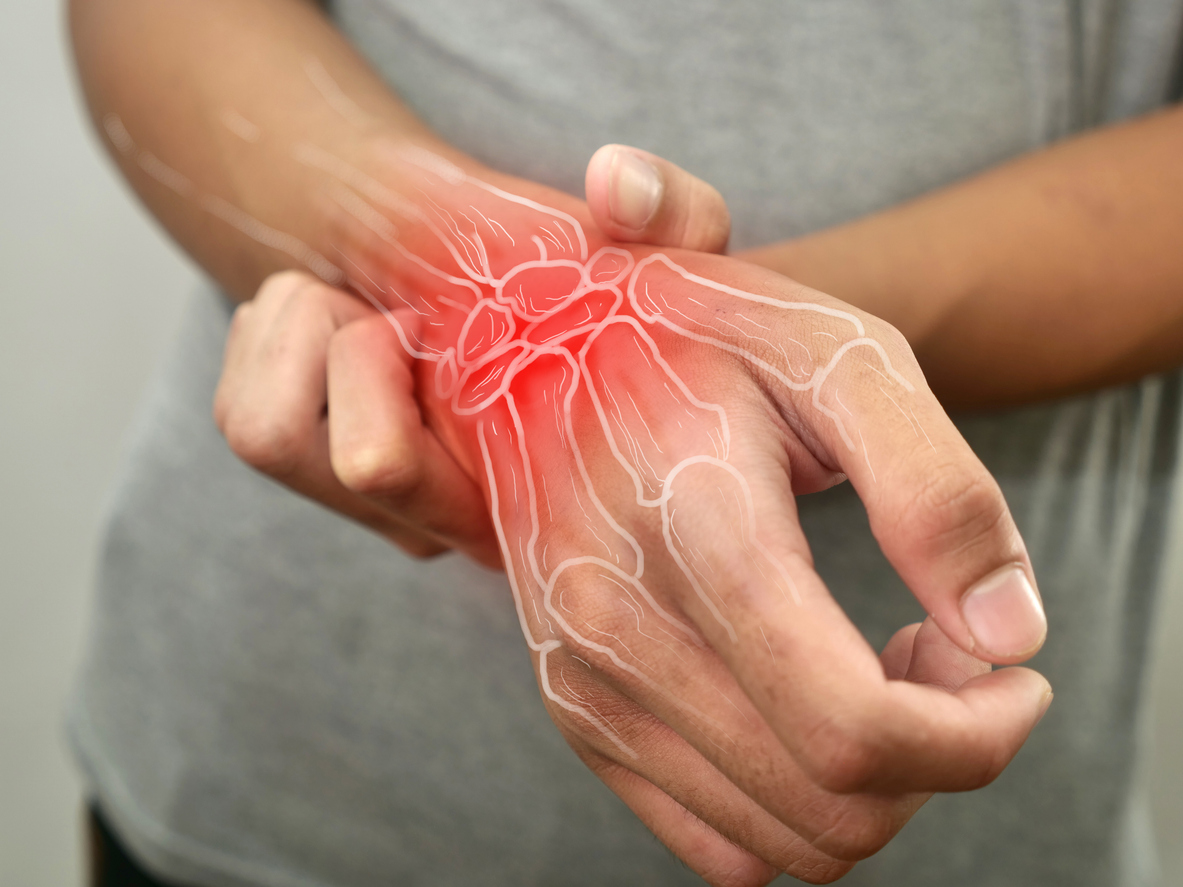2024-09-17
Efficacy and safety of denosumab and teriparatide compared with oral bisphosphonates in the treatment of postmenopausal osteoporosis: a systematic review and meta-analysis
Rhumatology
Source(s) :
Yang J ; Guo X ; Cui Z ; Guo H ; Dong JN ;

Last press reviews
Aromatherapy in patients with cancer: hope for anxiety, but not for depression?

By Lila Rouland | Published on December 31, 2025 | 3 min read<br>
Emerging influenza threat: the rapid rise of A(H3N2) subclade k in Europe

By Carolina Lima | Published on Décember 30, 2025 | 3 min read
Combined exercise: a winning strategy for post–breast cancer cardiorespiratory fitness

By Lila Rouland | Published on December 29, 2025 | 3 min read<br>